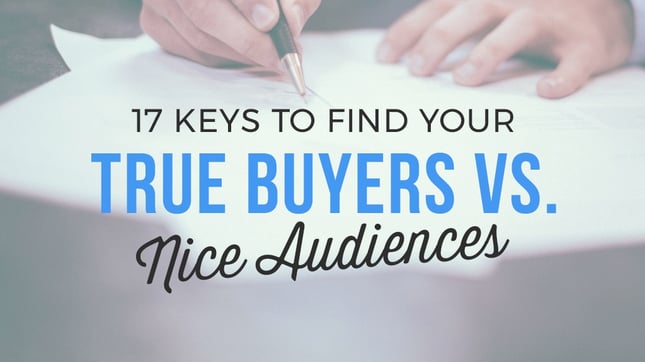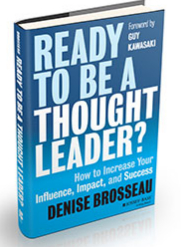|
Hey gang, David Newman here from Do It Marketing. Today's question, how to become a motivational speaker? |
|
How to become a motivational speaker? Oh my gosh, it's as if you push the magic button and the suddenly, rainbows, unicorns, chicks, ducks and bunnies just pop out and boom, you're a motivational speaker. Of course it doesn't work that way. You need a business model, a service model and a revenue model. You need to do some thinking. You don't just go to Kinko's and print up some business cards and then set up a simple free website on Wix or Go Daddy, or some of these crazy platforms. |
|
Why would you do that? Why would you do that? That is so crazy. It's like I'm going to run off and join the circus. So listen, couple of steps to get you pointed in the right direction. Number one. Business model. What is it you're building? Are you building a solo practice, are you building a company that's going to have big offices and a physical space, a training center, are you going to have other consultants go out under your name, under your banner, under your brand? You know when you look at these very successful, five, ten, 20 million dollar training companies, consulting firms, those didn't just pop by by accident, right? Someone planned for years that business model, that service model, and that revenue model. |
|
But the first piece of this is, plan out the business model. Is it solo practice, is it partnership, is it a consortium, a confederation of trainers, is it going to involve licensing, is it going to involve subcontractors, so really think through. What's the empire look like, what does success look like from a business model standpoint. |
|
Second question you have to ask yourself if you want to be a successful motivational speaker, have a successful motivational speaking driven business, is service model. So obviously, at some point, you want to speak, but even there, what kind of speaking? Key note, half day, full day, multi-day, retreats, seminars, public programs, in house training for companies. What are going to be the different modes and methods that you're going to deliver that speaking message, what formats, what depth, duration and detail and then plan out accordingly, how do you think those will be priced? |
|
So now we move on to revenue model. So service model is what's on the menu, revenue model is what does it cost, how do you get paid, how does the math work. So what are you going to charge for a key note speech? What are going to charge for a half day or a full day workshop? What are you going to charge for a multi-day program? What are you going to charge for a multi-day CEO retreat or a board retreat or an in house training session. Or a strategic work session or a intensive boot camp experience? So, figure out what you need to charge, figure out how busy you want to be and how much money you want to make, put that math together, it's very simple, it's price times quantity equals total. Let me repeat that for the slow kids watching this, price times quantity equals total. That's my phone ringing right now with complaints about that slow kids comment. |
|
Anyway, think about these three things and your foundational success to start a motivational speaking driven business is going to go way, way up. So listen, I have a lot more than four minutes of information to share with you. There's some web training available to you that is gonna help you tremendously dial in your service model, business model, revenue model, answer a whole bunch of other questions about getting started, getting ahead, staying ahead, as a motivational speaking driven entrepreneur. It's doitmarketing.com/webinar. Pop over there right now, it's doitmarketing.com/webinar. There should be a link somewhere here, in this video, below this video, in the transcript of this video, somewhere that will get you in to doitmarketing.com/webinar. I will see you on the other side. Thanks for watching.
|










 Thought Leader’s Bookshelf 2014
Thought Leader’s Bookshelf 2014 Entrepreneurs who START a business typically exhibit these traits:
Entrepreneurs who START a business typically exhibit these traits: Buyers who lie should be deeply ashamed.
Buyers who lie should be deeply ashamed.

